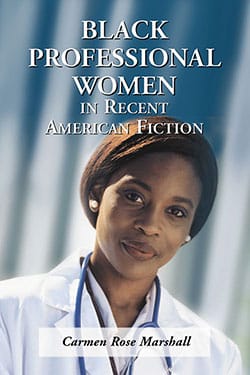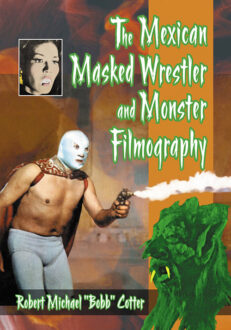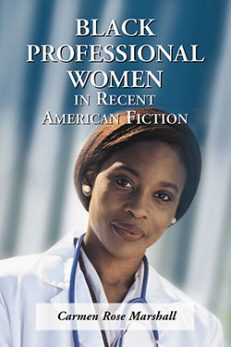Black Professional Women in Recent American Fiction
Original price was: $39.95.$19.99Current price is: $19.99.
In stock
About the Book
The last three decades of the 20th century have marked the triumph of many black professional women against great odds in the workplace. Despite their success, few novels celebrate their accomplishments. Black middle-class professional women want to see themselves realistically portrayed by protagonists who work to achieve significant productivity and visibility in their careers, desire stability in their personal lives, aspire to accrue wealth, and live elegantly though not consumptively.
The author contends that most recent American realistic fiction fails to represent black professional women protagonists performing their work effectively in the workplace. Identifying the extent to which contemporary novels satisfy the “readerly desires” of black middle-class women readers, this book investigates why the readership wants the texts, as well as what they prefer in the books they buy. It also examines the technical and cultural factors that contribute to the lack of books with self-empowered black professional female protagonists, and considers The Salt Eaters by Toni Cade Bambara and Waiting to Exhale by Terry McMillan, two novels that function as significant markers in the development of contemporary black women writers’ texts.
About the Author(s)
Bibliographic Details
Carmen Rose Marshall
Format: softcover (6 x 9)
Pages: 227
Bibliographic Info: tables, notes, bibliography, index
Copyright Date: 2004
pISBN: 978-0-7864-1712-4
eISBN: 978-0-7864-8122-4
Imprint: McFarland
Table of Contents
Acknowledgments vi
Preface 1
Introduction: The Dearth of Self-Actualized Black Professional Women Protagonists 5
1. Consumer Desire for Self-Empowered Black Professional Women Protagonists 33
2. Craft and Culture: Challenges to Black Professional Women’s Representation 51
3. Production and Market: Social Challenges 77
4. Feminism and Nationalism: Conflicts in The Salt Eaters 92
5. Re-thinking Agency in Waiting to Exhale 126
6. Reader Response: Findings and Applications 158
Conclusion
Appendix A: Occupational Distributions of Black and White Women: 1940, 1960, and 1980 183
Appendix B: Family Assets of Black and White Women by Employment Status 184
Appendix C: Respondent Information and Questionnaire Results 186
Notes 191
Bibliography 205
Index 215





